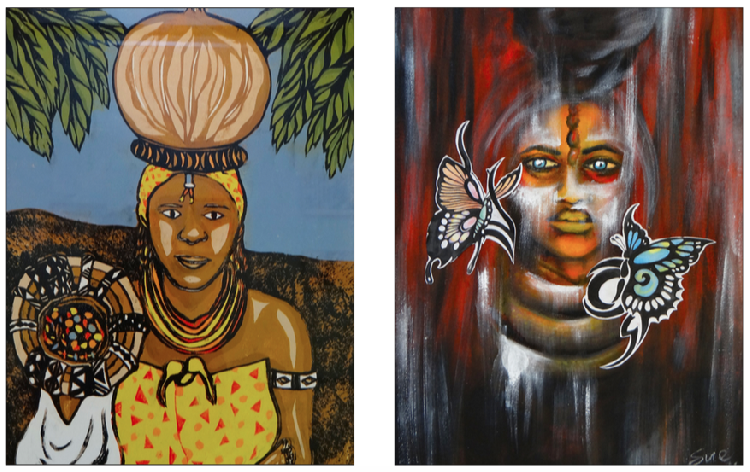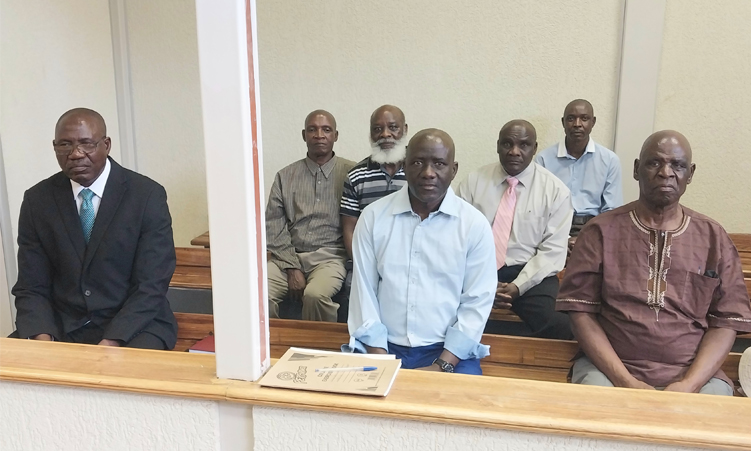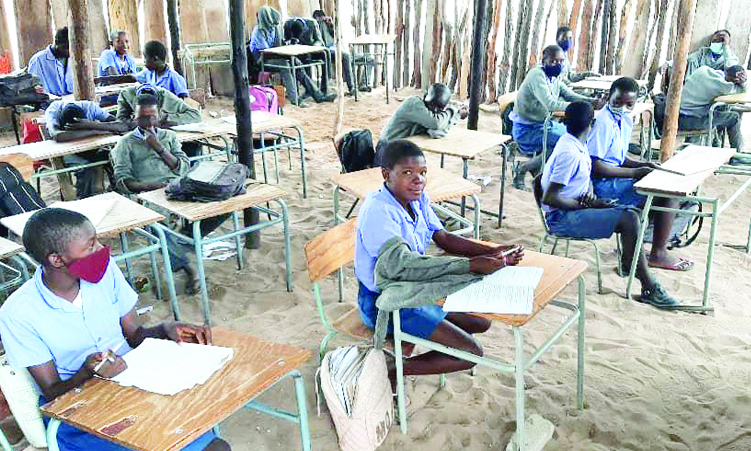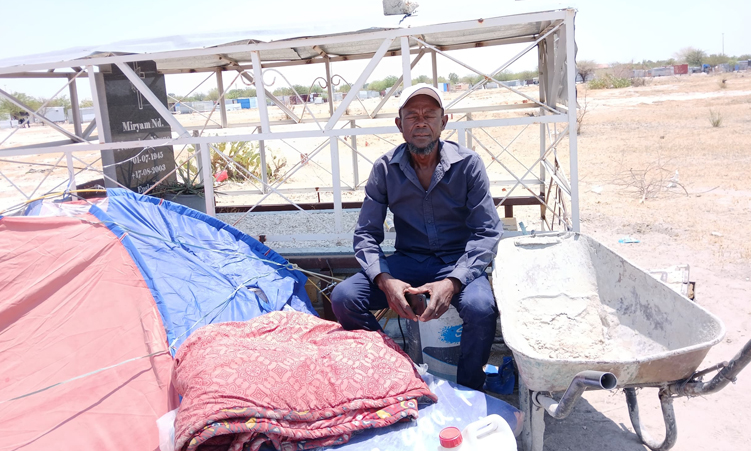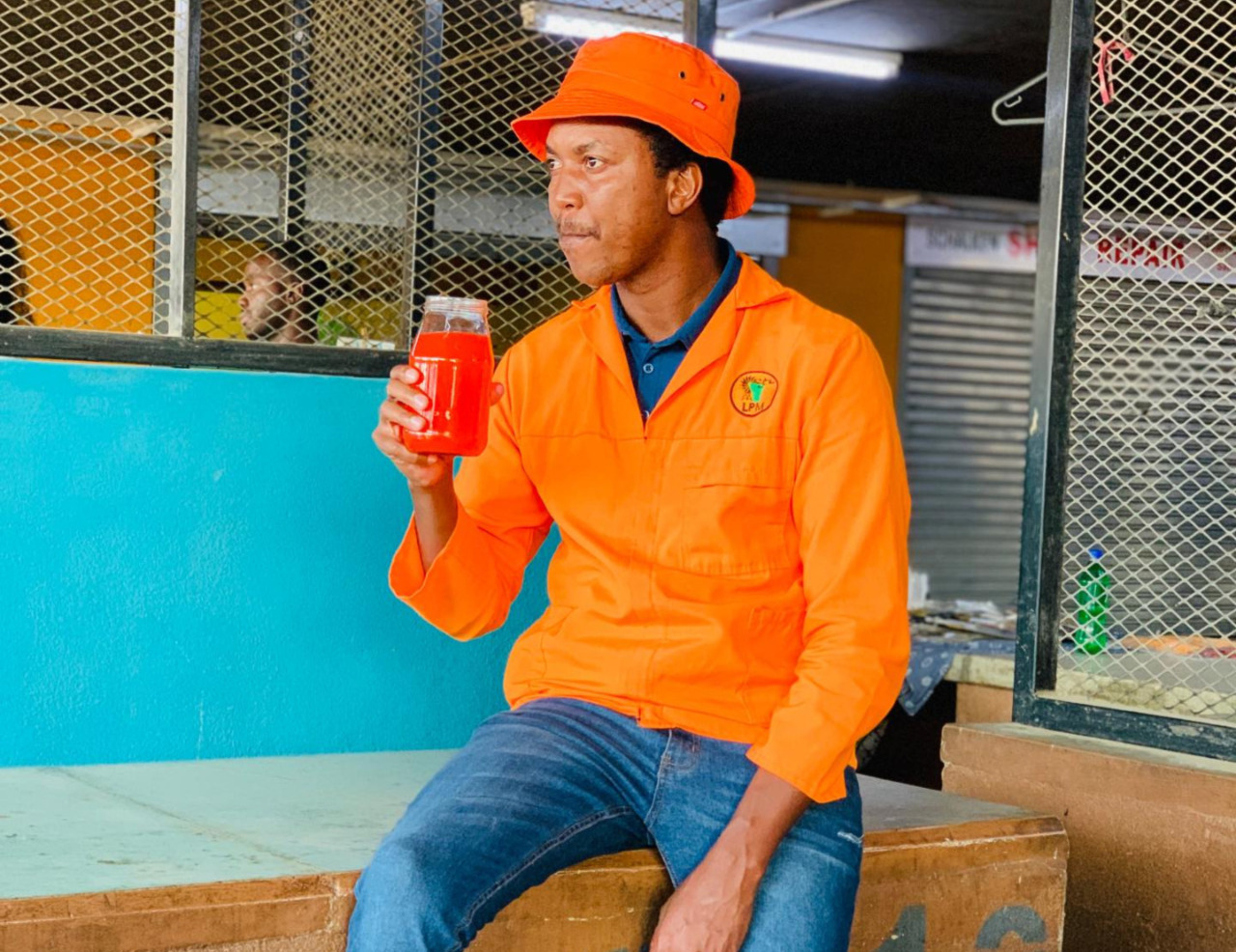From its John Muafangejo Season to its collaborative ARTiculation sessions, the John Muafangejo Art Centre (JMAC) is at the forefront of teaching Namibians about art.
Invested in the youth and concerned with giving young artists the opportunity to create beyond figurative and literal borders, JMAC’s latest exhibition asks: Whose role is it to educate the public about art?
Presenting work by studio artists Julia Hango, Ismael Shivute, Sue Beukes, Chantal Magano, Rudolf Seibeb, Salinde Willem, Saima Iita and Frans Uunona, the moving exhibition is currently on display at the Omba Gallery in an effort to reflect on the role that JMAC has played in hosting artists over the years. This comes after a prior installment of the exhibition at the Katutura Community Arts Centre in March.
“The processes for each exhibition venue differed. In the exhibition in March at the KCAC, for example, the studio task was to create new work that responds to the question: Whose role is it educate the public about art?” says exhibition curator Nashilongweshipwe Mushaandja.
“That was why there were public art interventions and gallery installations. The exhibition at Omba is a continuation of the gallery-based conversation where more artists were invited to bring more work (old and new) to stimulate collective dialogue.”
With Hango considering ‘The Movement of Being Us’ and Shivute zooming in on the everyday of Kilimanjaro location, the exhibition contrasts individual styles and techniques in a way that is not overly concerned with the question but does perhaps speak to this quote by Oscar Wilde:
“The critic has to educate the public; the artist has to educate the critic.”
According to Mushaandja, however, the onus is on a few more people.
“It is everyone’s role,” he says.
“From community, to public office to schools to artists. It entails a lot of things. Our research at JMAC has over and again showed us that things like decentralisation, generating consciousness, developing regional networks, access, visibility and quality are central to public education about arts.”
Reflecting on the current state of arts education, Mushaandja believes there is much to be done.
“We need to continue mapping and tracing it because it is always changing,” he says. “It is still fragmented. People work in silos. Look at how artists are still marginalised in our country. Look at the recent student protests. Young artists having to fight for their education.”
A question for everyone to ponder and perhaps answer with a resounding “mine!”, ‘Whose role is it to educate the public about art?’ (the exhibition) will be on display at the Omba gallery until 24 June.
Stay informed with The Namibian – your source for credible journalism. Get in-depth reporting and opinions for
only N$85 a month. Invest in journalism, invest in democracy –
Subscribe Now!


